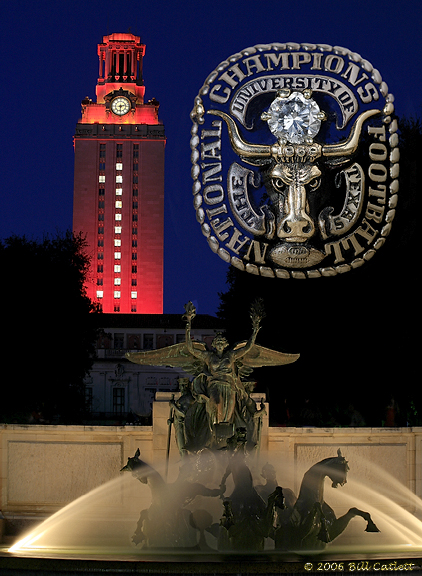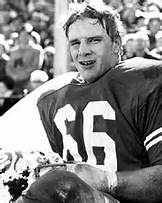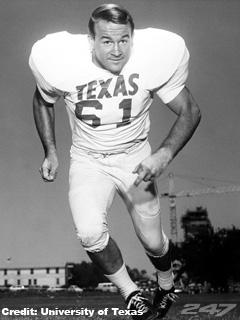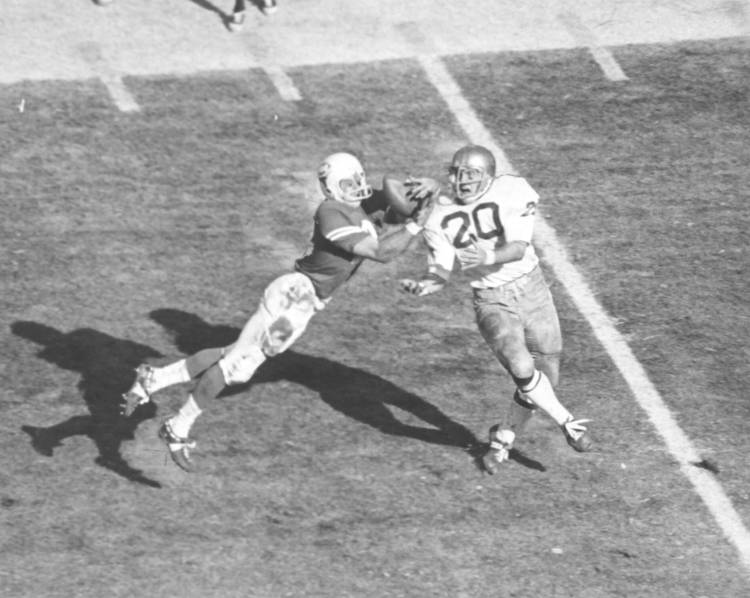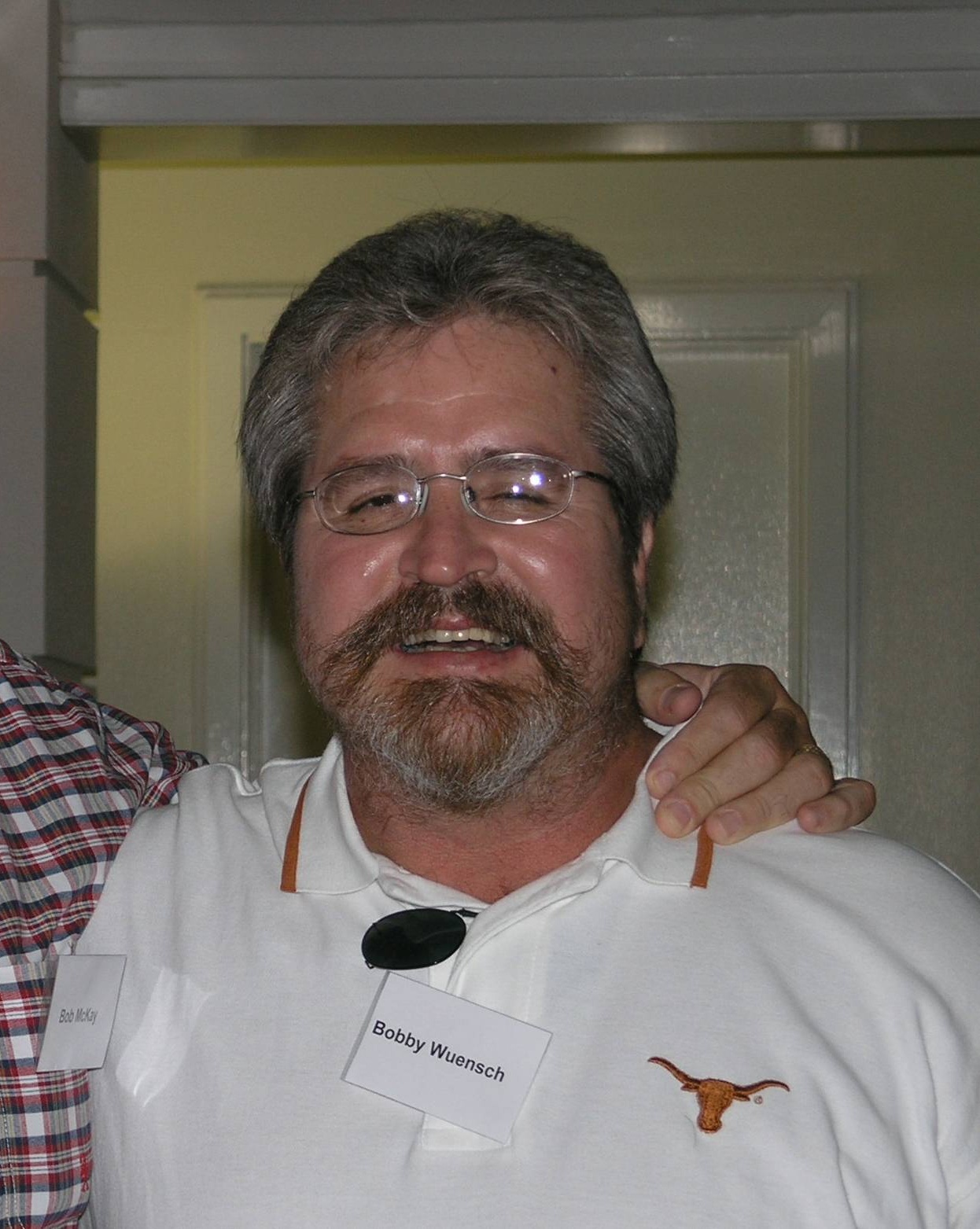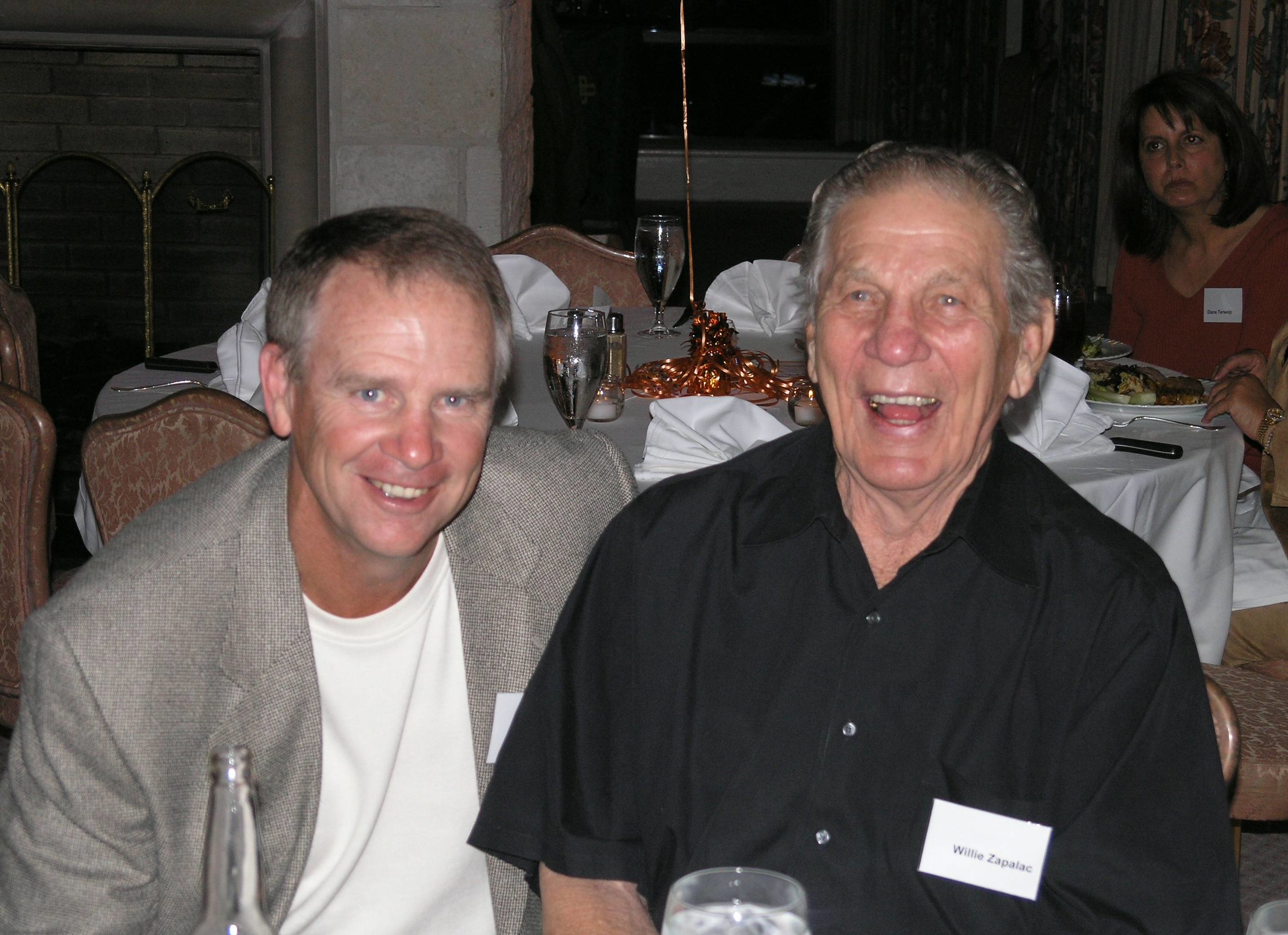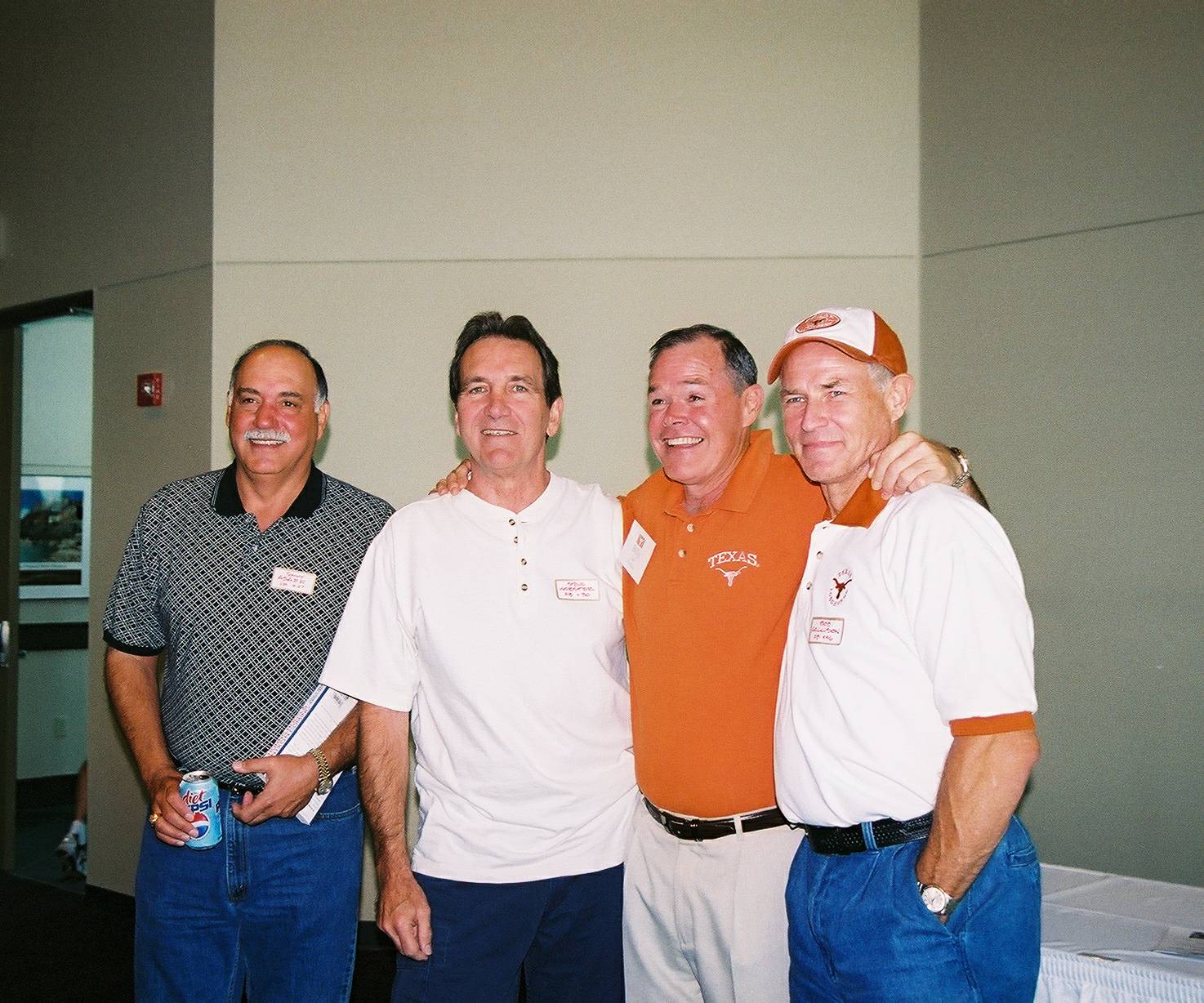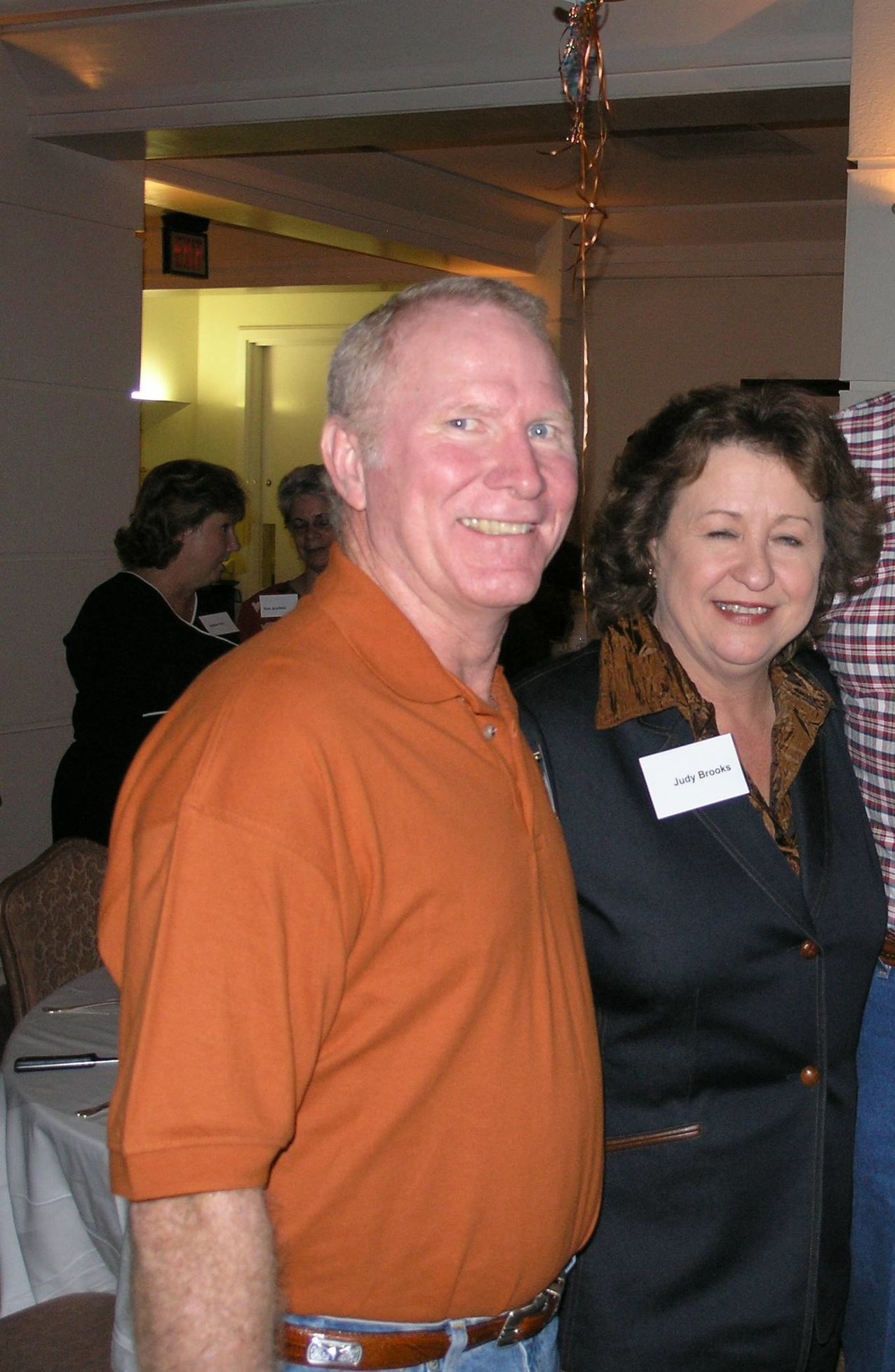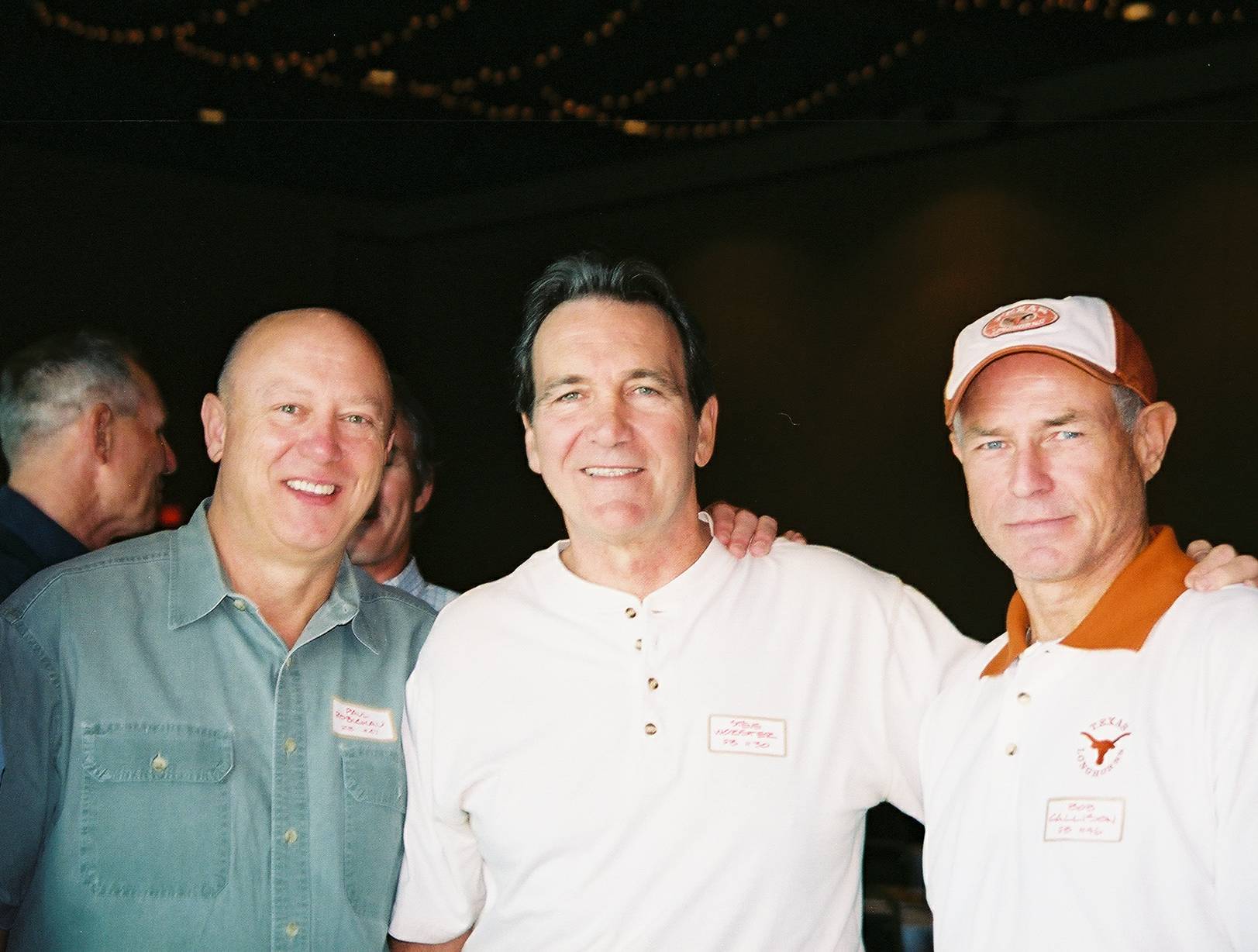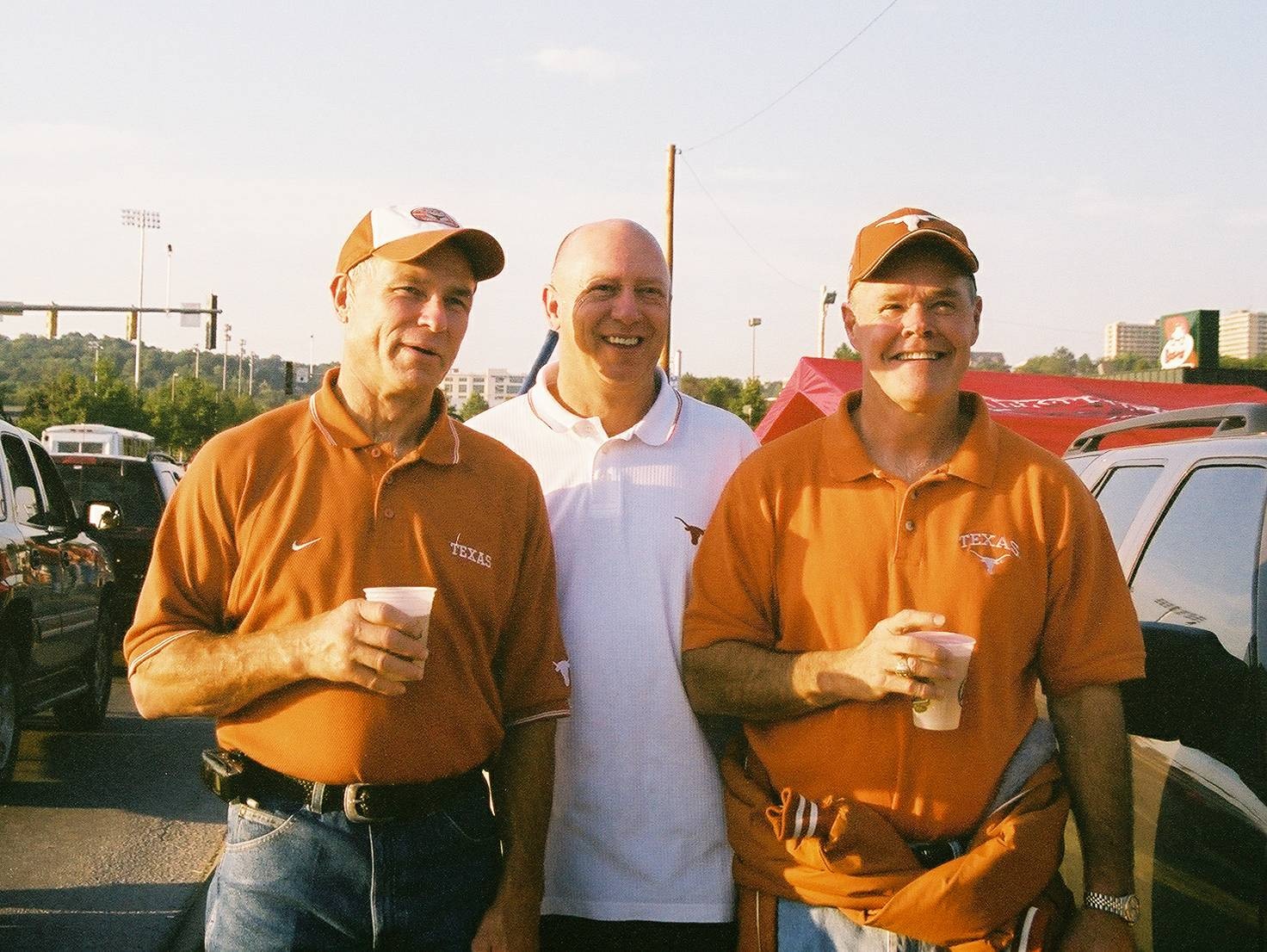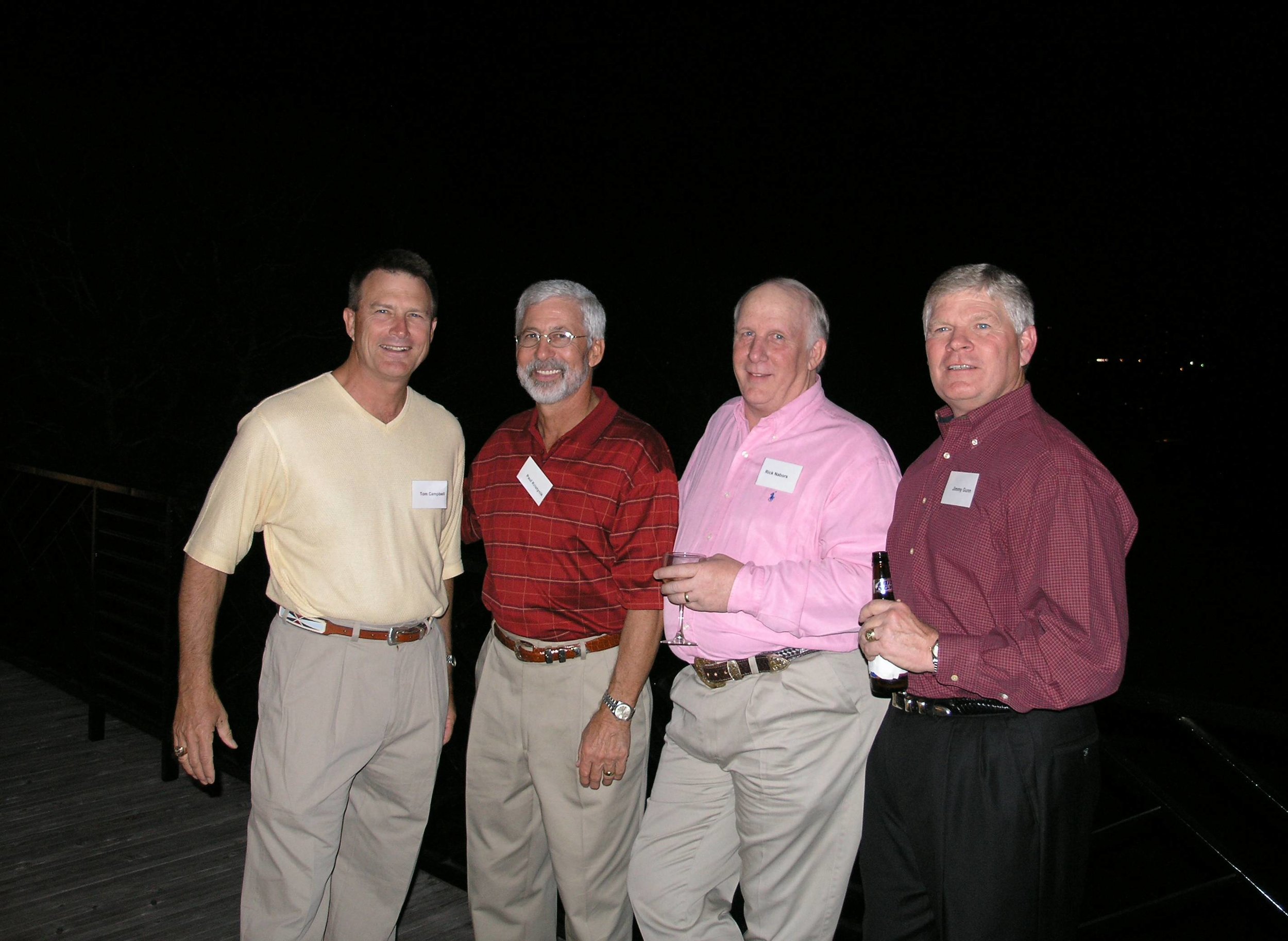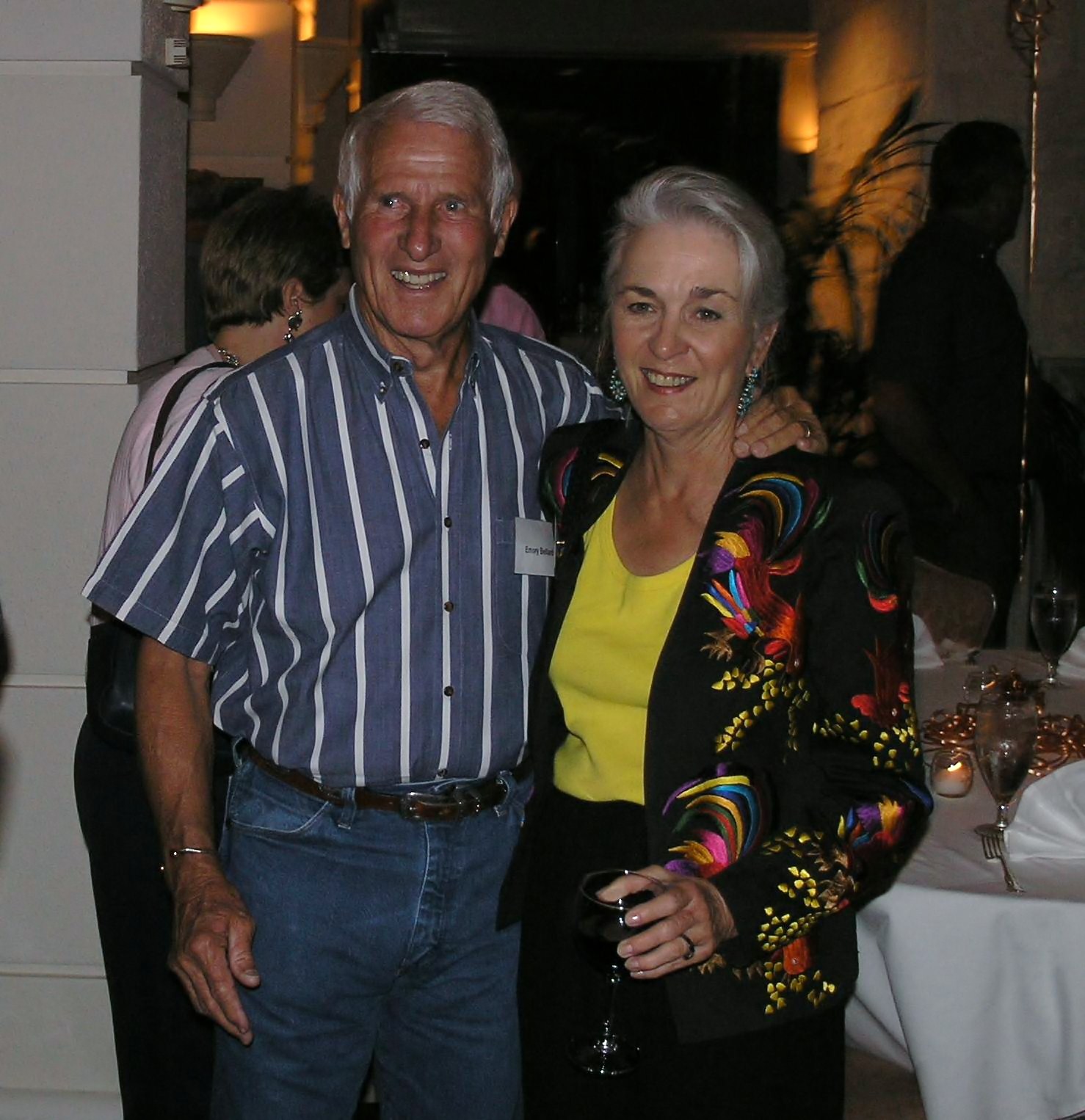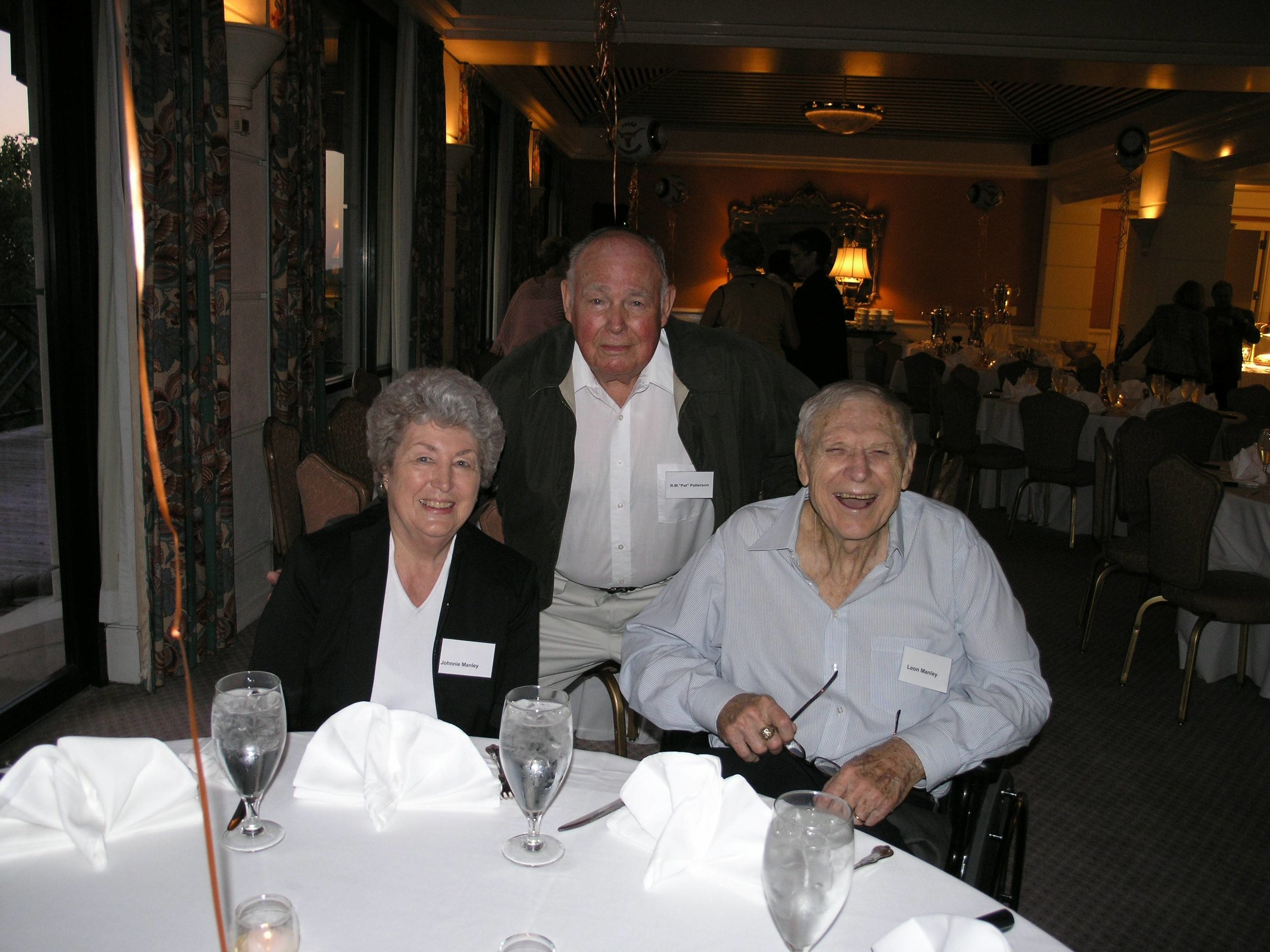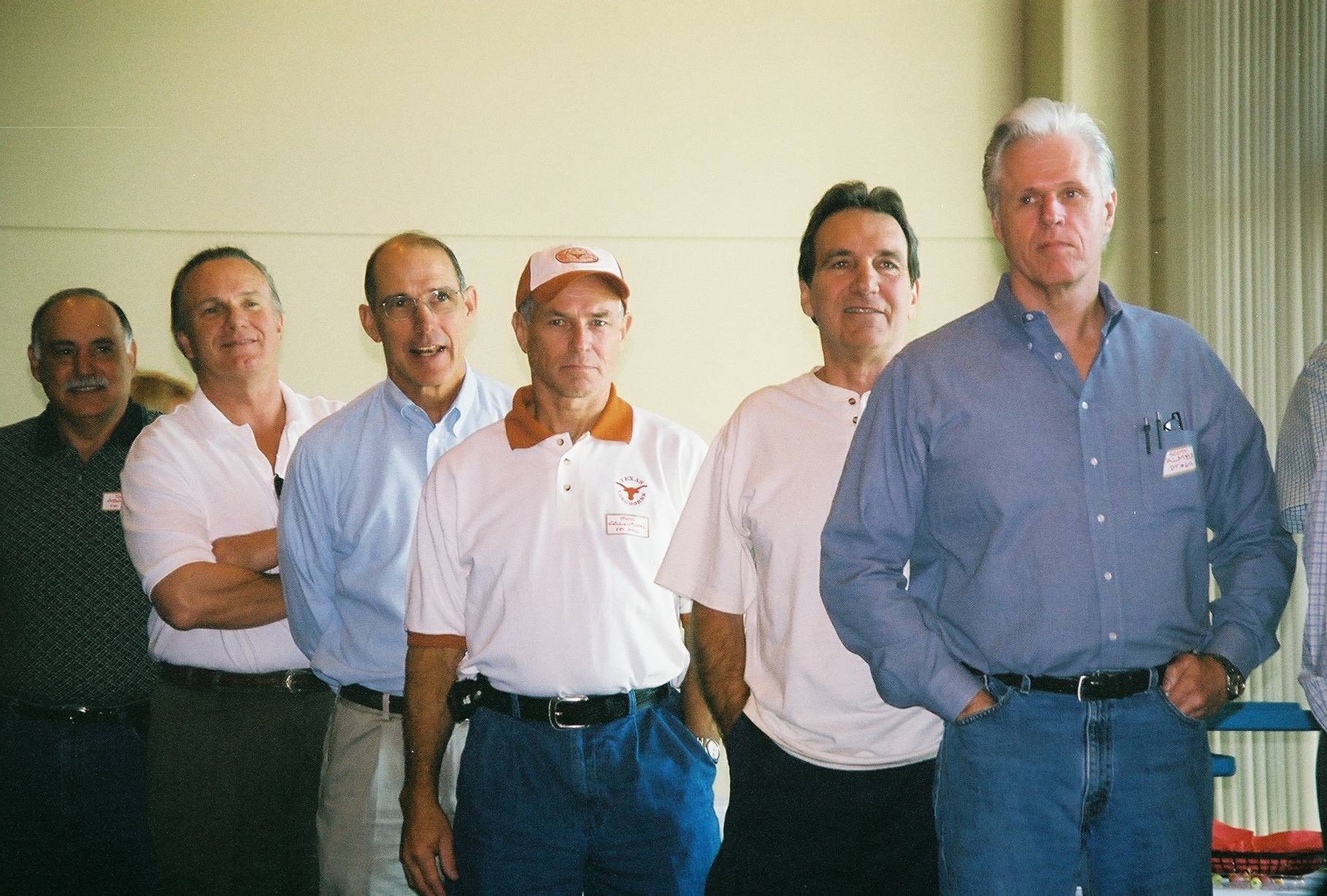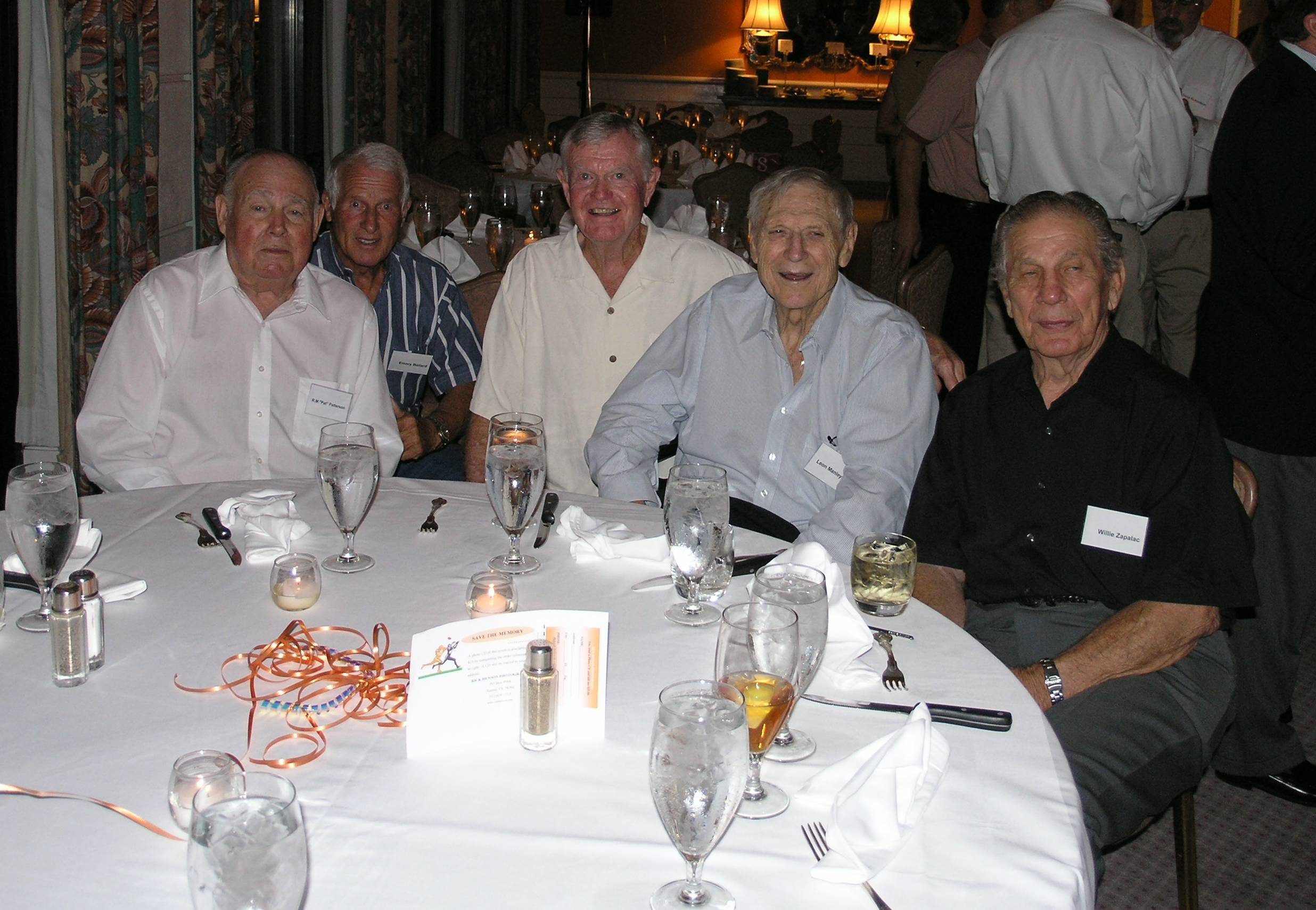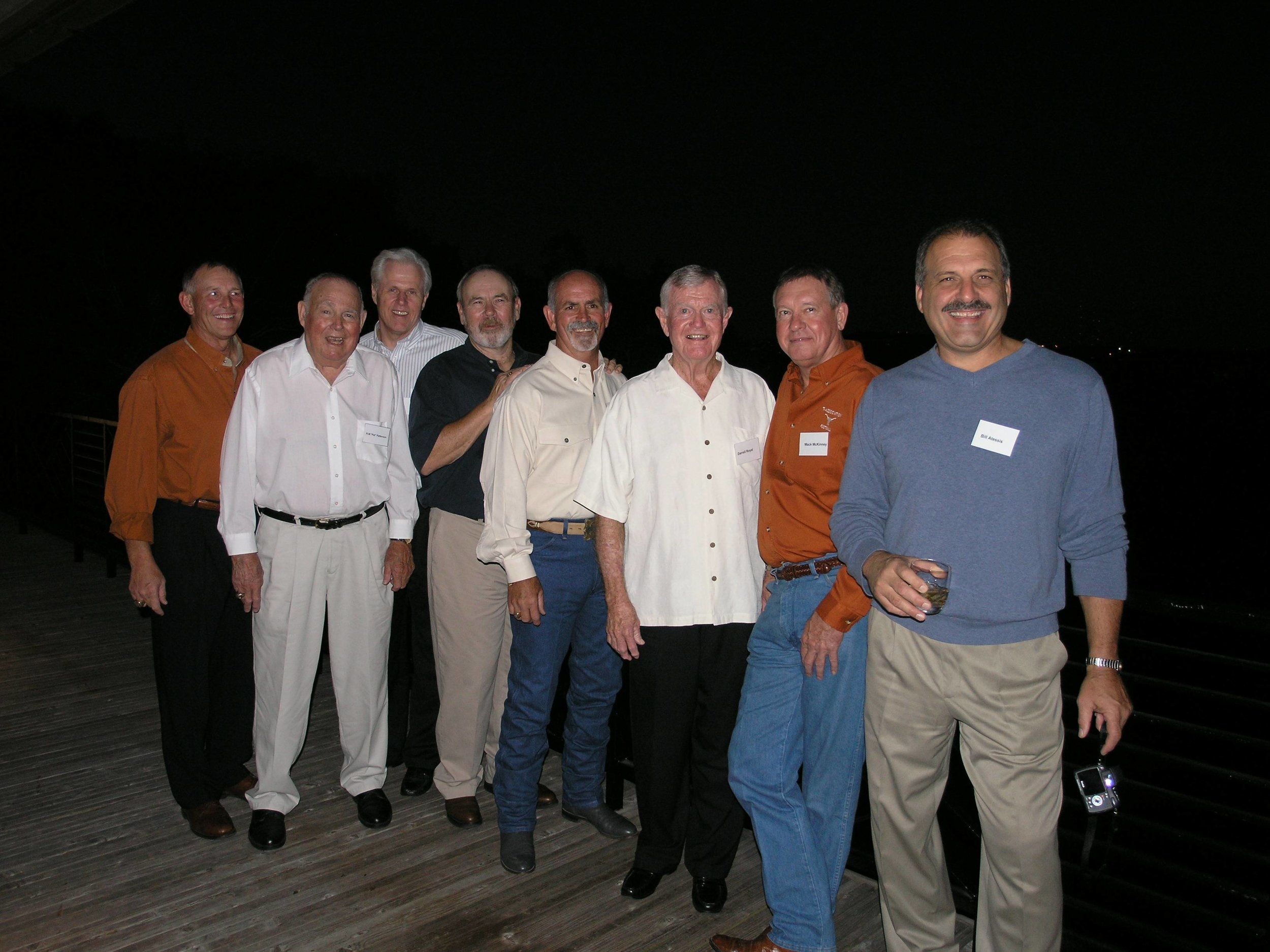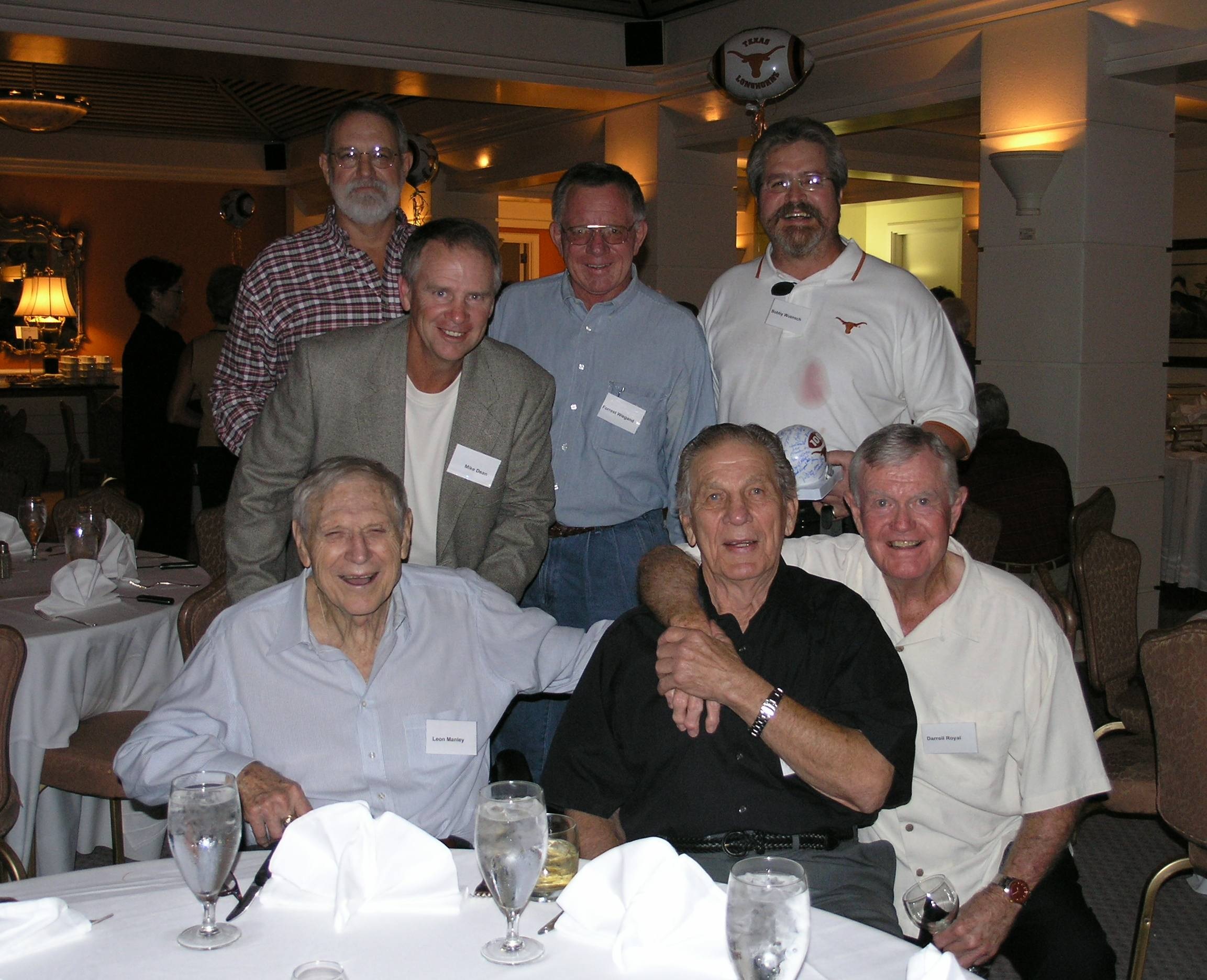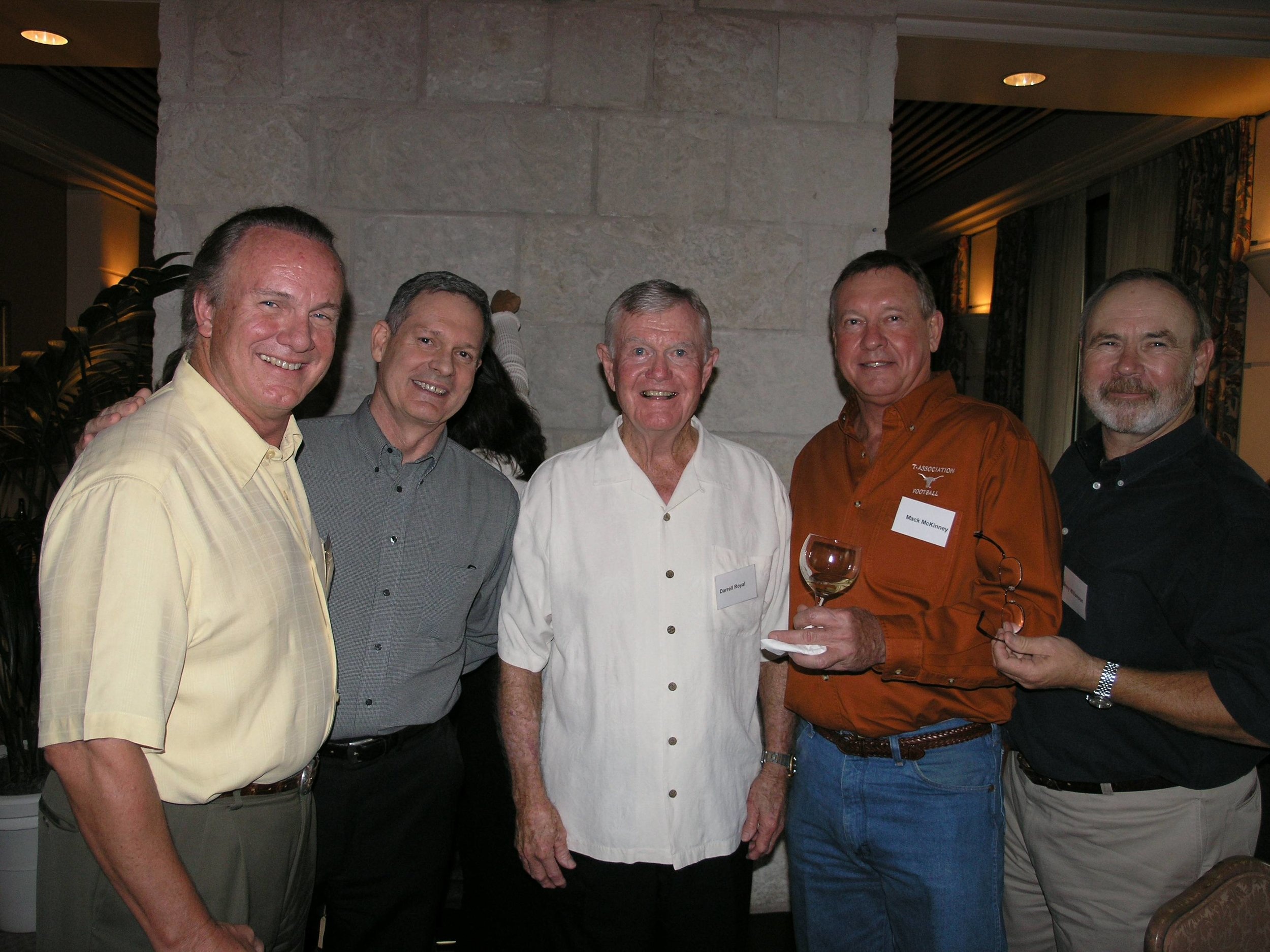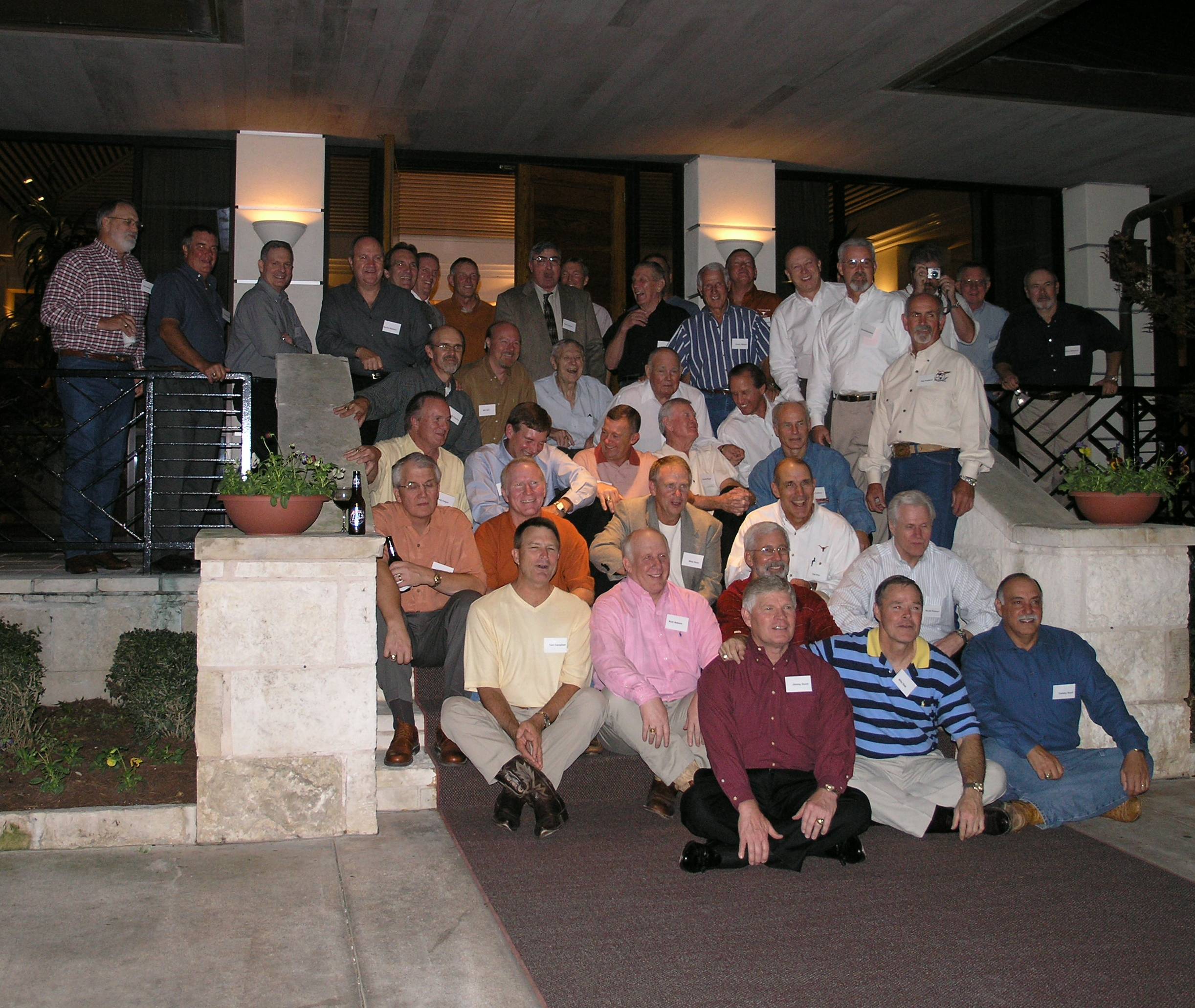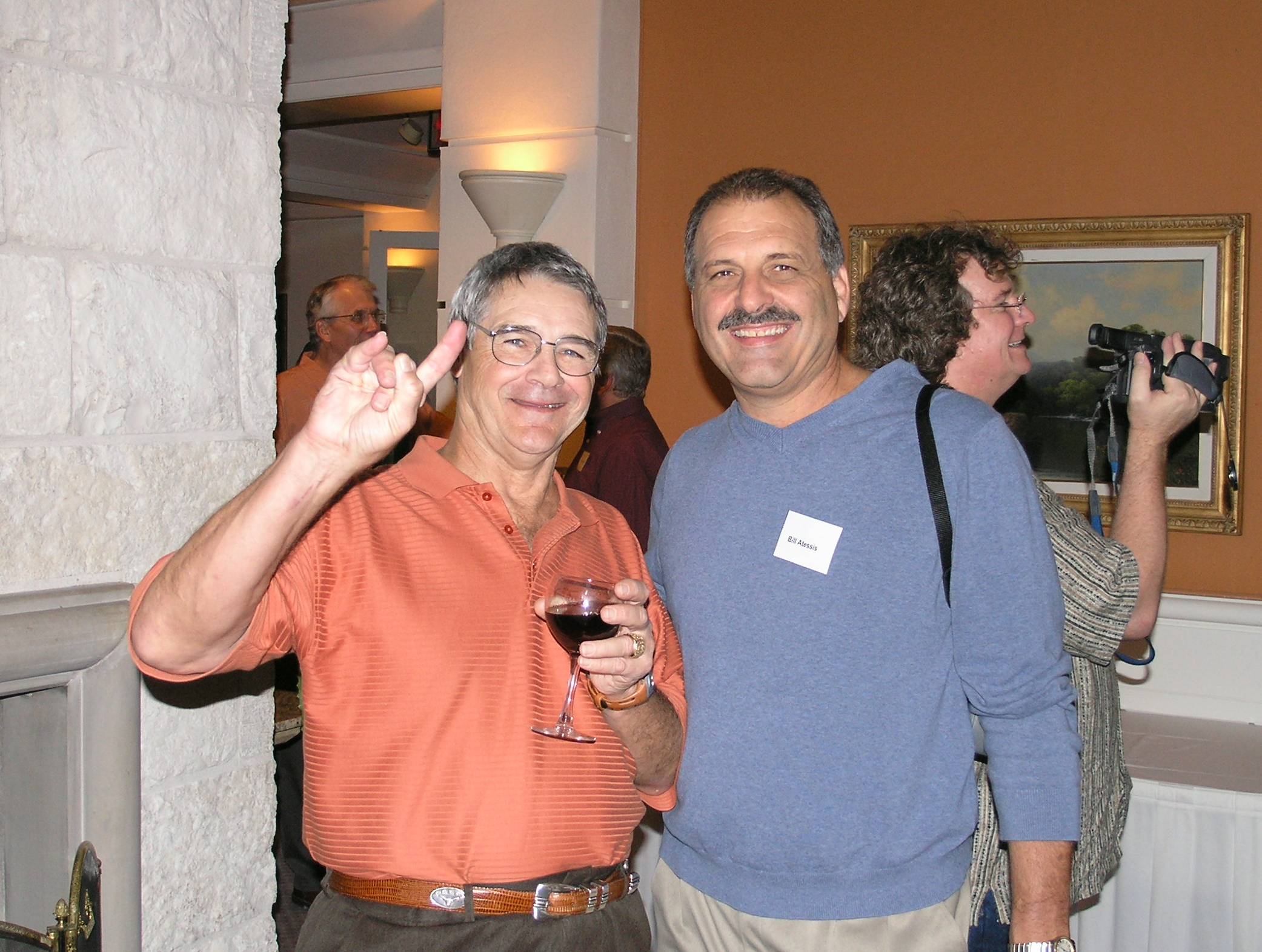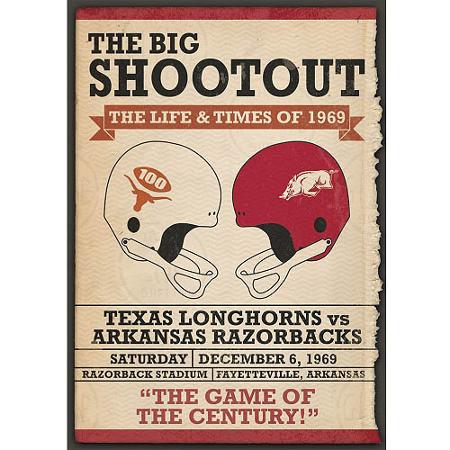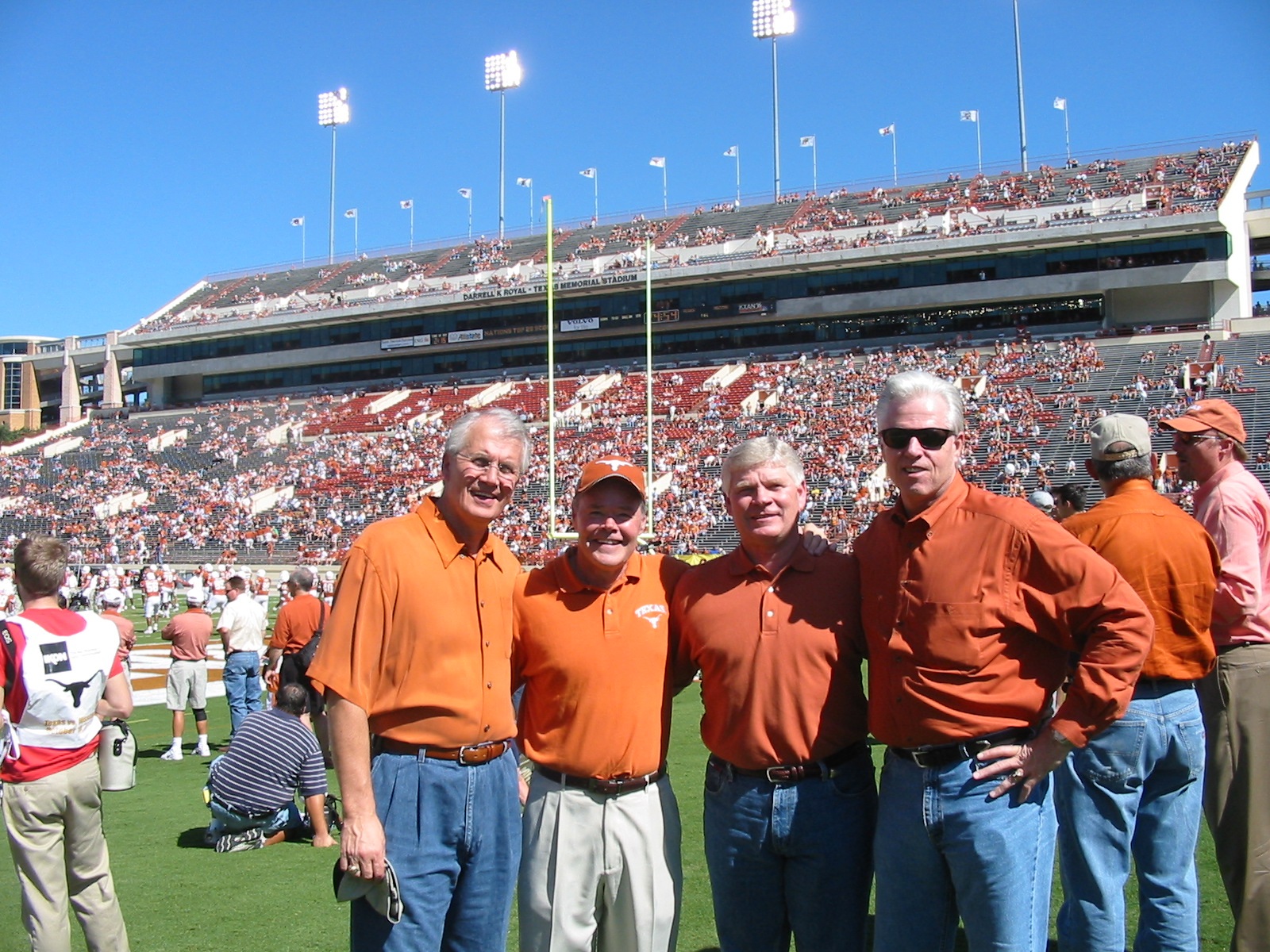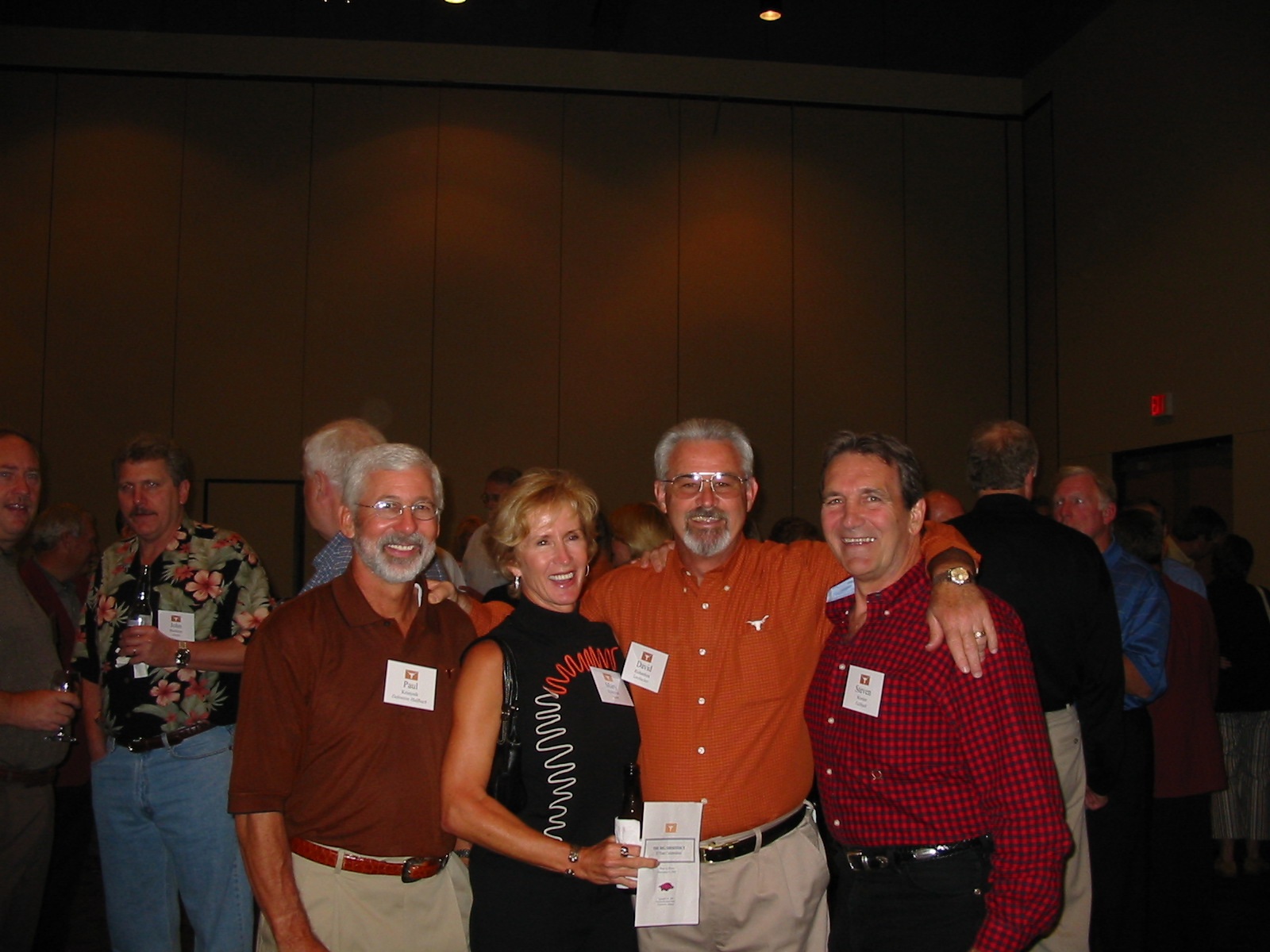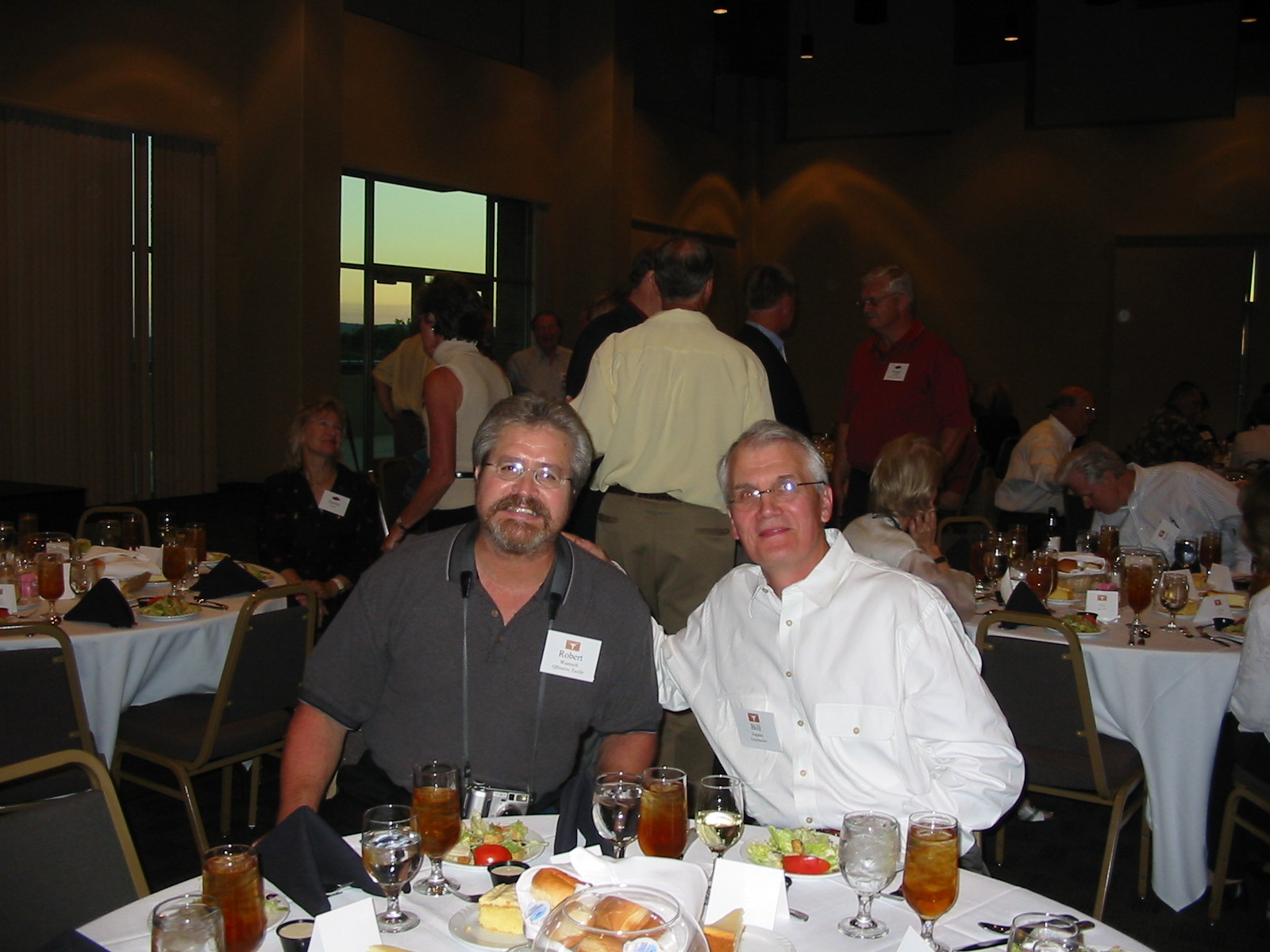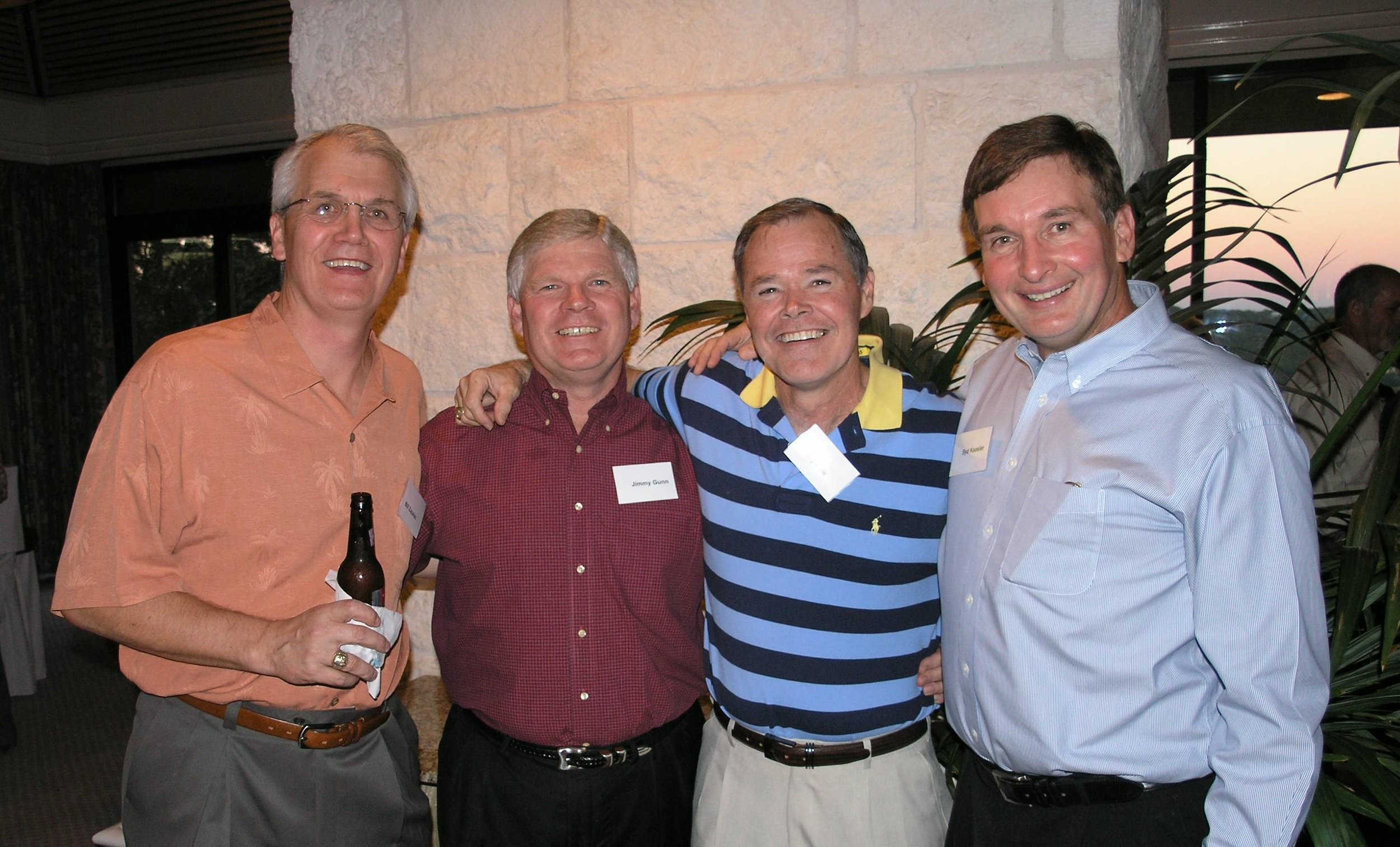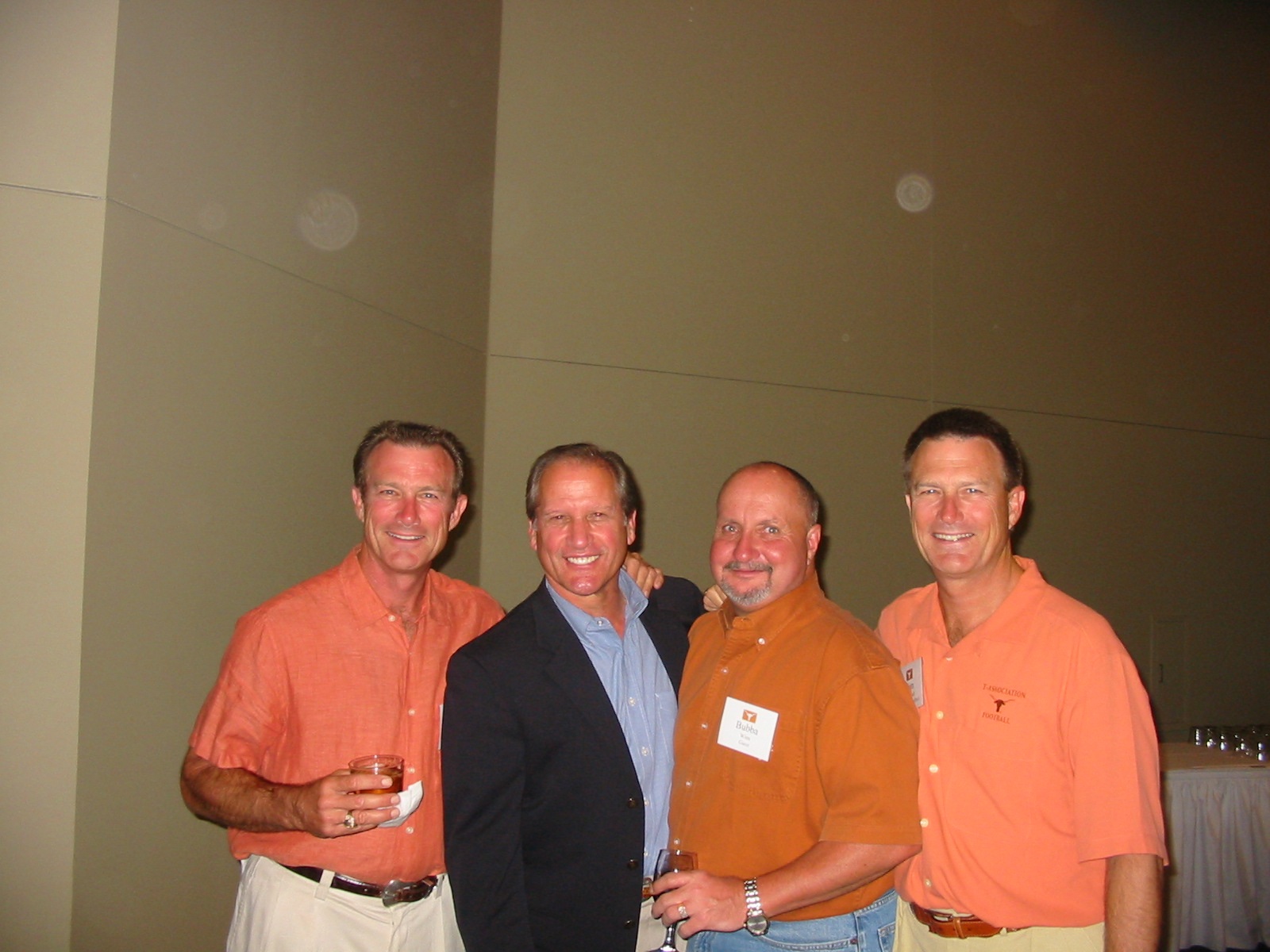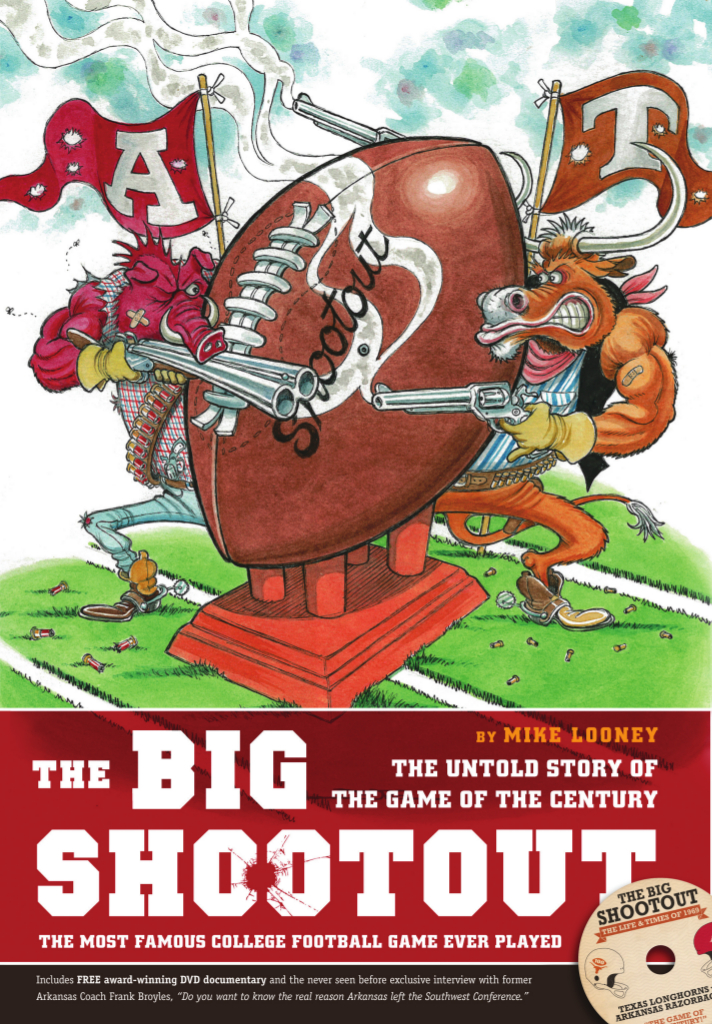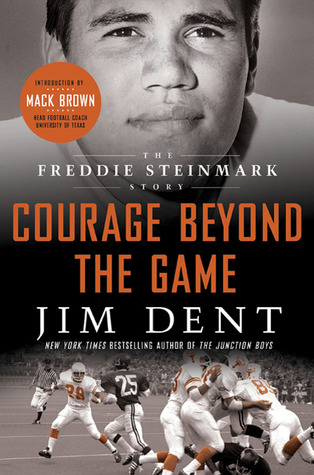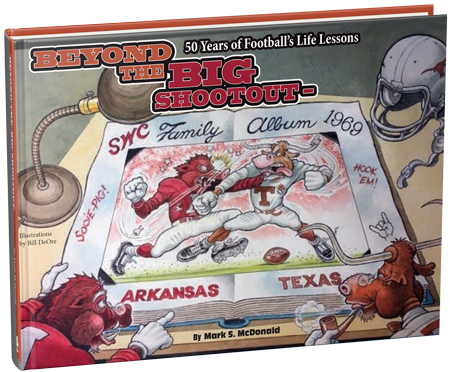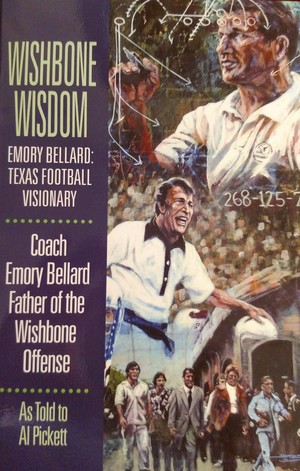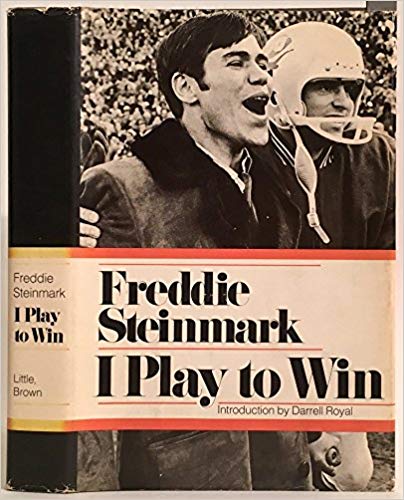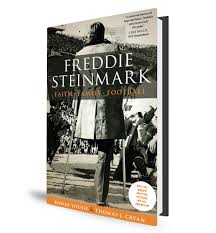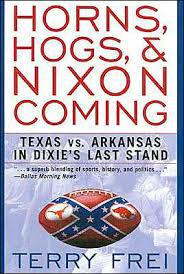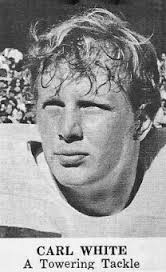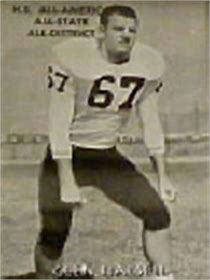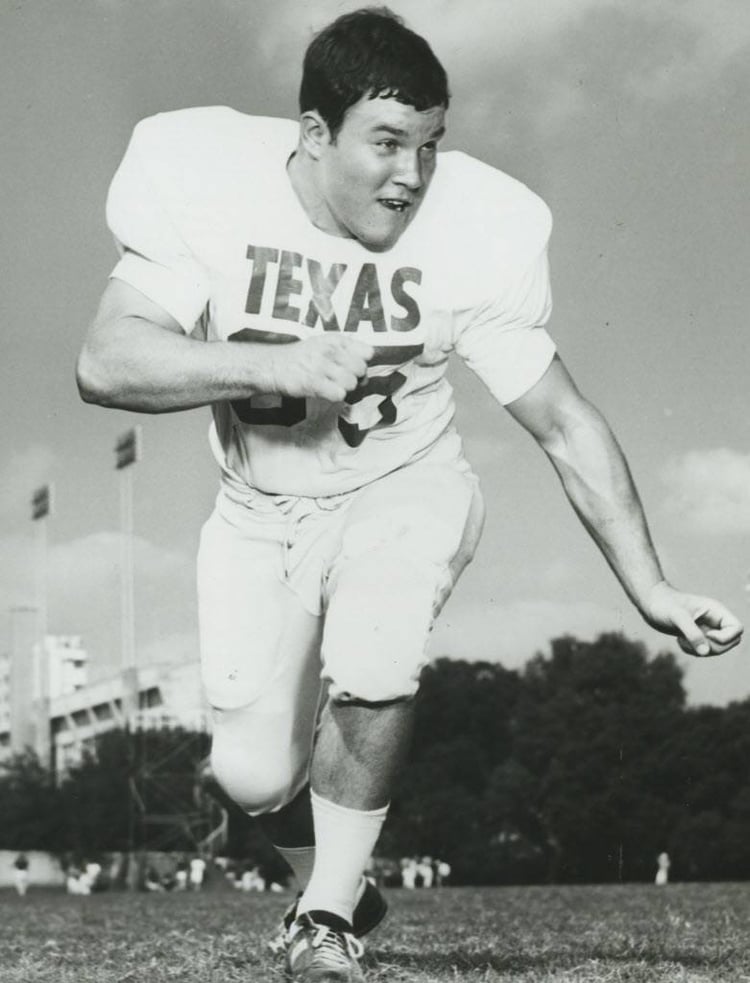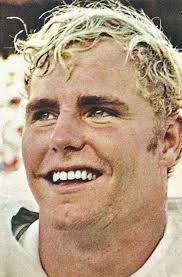One loss teammate away from an undefeated season by Sports writer Gaylon Krizak with Billy Dale
The Wishbone Offense Is Built around Only 6 Plays.
The story of the 1969 Texas Longhorns is one that is now 50 years old, yet lives on as vividly in the memories of those who witnessed it on the field, on the sidelines, in the stands, in the press box or even on fuzzy TV screens as if it all took place yesterday.
Set against the backdrop of the Vietnam War, the season was, in its own way, a sort of counter-counterculture. While protests took over the streets and campuses of many cities and major colleges; while news of drug use and racial tensions seemed to threaten to push man’s first moon landing off the TV screens, the Longhorns provided clarity and success amidst the turmoil.
Add in the 100th anniversary of the birth of college football (making it the 101st season, not the 100th as has been widely misreported), and it was the stuff of movies and books, of which more than a few have been produced. The 2015 film “My All-American” turned the national spotlight again on the ’69 Horns. That motion picture was based on a book by Jim Dent, but there have been plenty of other books and films. Billy Dale, a halfback on the 1969 Texas team, describes two of them:
One, “Beyond the Big Shootout: 50 Years of Football’s Life Lessons” was written by Mark McDonald, who was a football scholarship athlete who received his degree in journalism from UTEP. Mark is also the proud father of Longhorn All-SWC player Turk McDonald, who played for coaches David McWilliams and John Mackovic. There are many sportswriters who never played football and are unable to capture in writing the nuances of young men struggling to play for a Division I team. Mark has been there and done that, and his book captures more about life than just a football game.
Mike Looney also has written a book about the 1969 team, and produced a fascinating documentary on the Texas-Arkansas game titled “The Big Shootout: The Life and Times of 1969.” It is a must-see video. If you are in your 50s through early 80s and follow college sports, you’ve probably watched this game on TV, but both Mark and Mike’s books are more than about football. Each author in different ways captures a moment in time when high school athletes from the ’60s played for the national championship surrounded by societal changes. Both authors do a great job of, as Paul Harvey said, “telling the rest of the story.”
Championship collegiate teams require, in Dale’s words, “good recruiting, a competent coaching staff, players with faith in the system, trust and respect for teammates, combined with talent, team chemistry, a strong work ethic and a little luck. The 1969 team had all of these components.”
The Longhorn teams from 1961- 1964 were also blessed with all of the attributes mentioned above except luck. With a little luck these teams would be celebrating three national championships instead of one.
Talent certainly was not an issue. Players from the Longhorns’ stellar 1967 recruiting class, widely known as the “Worster Bunch” after standout fullback Steve Worster, formed as juniors the nucleus of the ’69 Longhorns. Their 11-0 record extended the school-record winning streak to 20 games; it would reach 30 the following season, with the Worster Bunch being the only recruiting class part of all 30 wins.
A few of the many HOH inductees from the ‘69 team are below
The Longhorns’ luck in 1969 was a bit more subjective. On the field, it couldn’t have been better, starting in Week 4 vs. No. 8 Oklahoma in Dallas’ Cotton Bowl. Down 14-0 in the first quarter, Texas appeared to be making an unwitting prophet of coach Darrell K Royal, who before the game had commented that his team had been winning too easily and therefore was not in good enough shape to face a tough opponent like his alma mater, OU. He said the Longhorns might not be ready for a “jaw-to-jaw, knucks-down gut check. … Like when you shot marbles as a kid and then you started playing ‘keeps’ and everybody got knucks down, and you hoped the other guy’s hand would quiver, and if it didn’t you knew you were all covered up with trouble.” Royal and his staff made game preparations more rugged than usual, and that paid off in the remaining three quarters as Texas rolled to a 27-17 victory.
Two weeks later, when the Longhorns returned to Dallas and routed SMU 45-14, they set a school and Southwest Conference record with 611 rushing yards, becoming in the process the first NCAA team to have four backs each surpass 100 yards in a single game (Jim Bertelsen and Worster each with 137, James Street 121, Ted Koy 111). Mustangs coach Hayden Fry had nothing but praise for the winners: “Texas is the greatest football team that I’ve ever seen and probably will see.”
Still, into late November, it appeared the Longhorns would be playing for no better than No. 2 in the nation, since defending champion Ohio State had a stranglehold on the top spot in the polls all season. That ended on Nov. 22, when Michigan stunned the Buckeyes 24-12, opening the door for Texas to claim its first national title since 1963. The Longhorns stormed past Texas A&M 49-12 on Thanksgiving, setting up the aforementioned “Big Shootout,” so dubbed by Royal during the seemingly endless buildup to the game in Fayetteville, Ark.
Part of that pregame nervousness came off the field, where the Monday prior to the game, the nation’s first selective-service lottery since 1942 was held to determine the call-up order to military service in the Vietnam War for men born between 1944 and 1950. Dale remembers:
“My draft number was 113, which meant I would be drafted if I quit football or flunked out of school. That thought motivated me to study and play harder.”
Royal fully expected the second-ranked Razorbacks to play hard: “They’re gonna come after us with their eyes pulled up like BBs.” He was correct, as Arkansas entered the fourth quarter up 14-0 on the turnover-plagued Longhorns. That the score was not even more one-sided was a tribute to the Texas defense, which played most of the season in the shadow of the record-setting Wishbone offense.
Of course, the fourth quarter is burned into the memories of all the Longhorn players, coaches and fans who watched the game: Street’s 42-yard TD run on the first play of the period and subsequent 2-point conversion keeper, Danny Lester’s interception in the end zone of a Bill Montgomery pass, Street’s 44-yard pass to Randy Peschel on fourth and 3, Bertelsen’s scoring run from the 2 two plays later, Happy Feller’s go-ahead PAT kick past a desperately diving Arkansas rusher, and finally Tom Campbell’s game-sealing interception with a little more than a minute left to play. Less remembered is a substitution Texas had to make in its secondary just before Lester’s pick, when Rick Nabors entered the game at safety, replacing Fred Steinmark, who had just unwittingly made what proved to be a game-saving play when he held Arkansas’ Chuck Dicus, who had gotten by Steinmark and likely would have caught a TD pass that would have put Texas into a 21-8 hole.
It turned out to be the final play of Steinmark’s playing career. “My All-American” was diagnosed with a malignant tumor on his left femur, requiring the amputation of Steinmark’s left leg at the hip six days after the Big Shootout.
A devout Catholic, Steinmark grew up in Colorado dreaming of playing for Notre Dame, which was to be Texas’ opponent in the Cotton Bowl. Instead, Steinmark, defying his doctors’ wishes, watched the game on crutches from the Longhorns sideline, providing his team with incalculable inspiration.
To listen to many observers, Texas would need that and plenty more to beat the Fighting Irish, who came in at 8-1-1 and had voted to end a self-imposed 45-year bowl-game absence to take on the top-ranked Longhorns.
There is a reason that Coach Royal said to the press, “We are going to dance with who brung us,” after the media suggested they change their offense to negate the 35-pounds-per-man advantage that Notre Dame team had over the Longhorns. Sports Illustrated even referred to some of the Longhorns as “midgets.”
Royal’s comment was not intended to be arrogant. He knew that the power, quickness, and delivery of the ball in the Wishbone offense would negate the size and weight of the Irish. He was right.
Royal did not care if the opposing team knew Longhorns offensive tendencies since neither the Longhorns offense nor the Irish defense knew who would get the ball prior to the play. Royal was confident the Longhorns could execute the Wishbone and win the game regardless of tendencies. On this great day, Jan. 1, 1970, Royal’s dancing partner won the day.
Nevertheless, Texas’s task was made even tougher when rain and an NFL playoff game combined to turn the Cotton Bowl turf into a muddy mess that dried out and firmed up slightly as the game progressed. Also adding to the Longhorns’ preparation concerns was a balanced, explosive Notre Dame offense led by quarterback Joe Theismann.
Notre Dame came out as strong as advertised, taking a 10-0 lead early in the second quarter, weathering a Texas comeback, then moving to a 17-14 lead with 6:52 left to play. But Street coolly led the Longhorns on a 76-yard, 17-play drive highlighted by two fourth-and-2 conversions – including a clutch pass to Cotton Speyrer for 8 yards to the Irish 2-yard line – and capped by Dale’s TD run from inside the 1.
And when Campbell reprised his heroics against Arkansas by picking Theismann’s pass off in the closing seconds, he made a beeline with the ball to Royal, who presented it to Steinmark in the Texas locker room shortly after the Longhorns had completed their 21-17 victory, the 500th in the 77-year history of the UT program.
The 1969 National Championship season would not have been possible without the contributions of two defensive backs who would be dead by September 1973. Steinmark re-enrolled in school and served as a graduate assistant on Royal’s staff briefly before his cancer returned; he died on June 6, 1971. Lester passed away on Sept. 4, 1973, as the result of an auto accident in Louisiana.
Others from the 1969 Longhorns have passed on since; most notably, Street, who died in 2013 at age 65, and Royal, who died not quite a year earlier at age 88.
Their accomplishments – specifically, those from 50 years ago – will be celebrated this fall but are remembered fondly by Longhorns fans of all ages.
LINKS
1969 season: http://www.texasarchive.org/library/index.php/2010_01600
McDonald’s book: www.beyondtheshootout.com
Looney’s book: amazon.com/Big-Shootout-Untold-Story-Century/dp/0977489124/
Looney’s documentary: amazon.com/Big-Shootout-Life-Times-Texas/dp/B00KGYPWLM/
link to the 1969 season is below
http://www.texasarchive.org/library/index.php/2010_01600
Happy Feller sets a career NCAA mark with 128 extra points and 198 point by kicking.
1969 and 1970 Reunions


